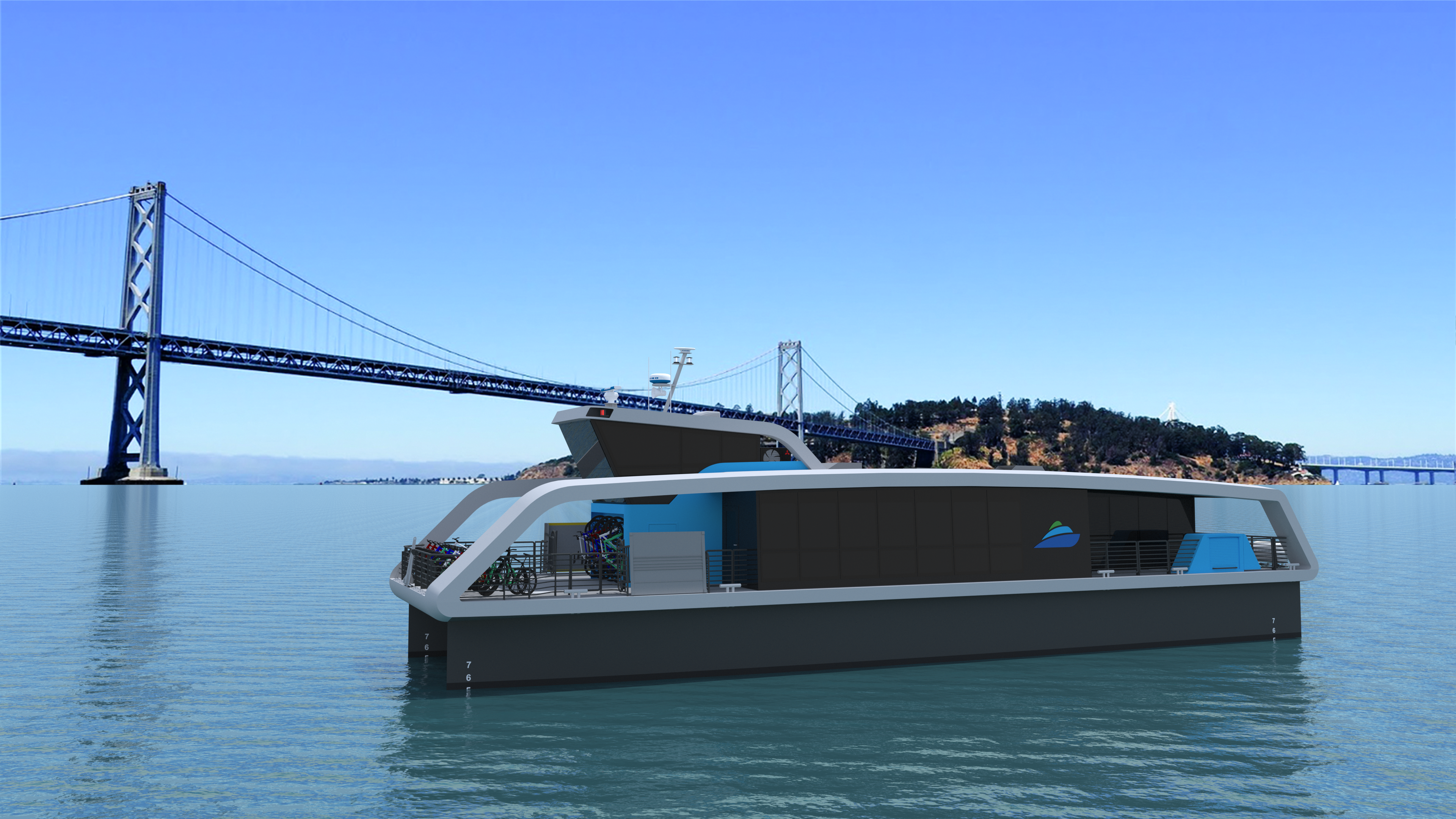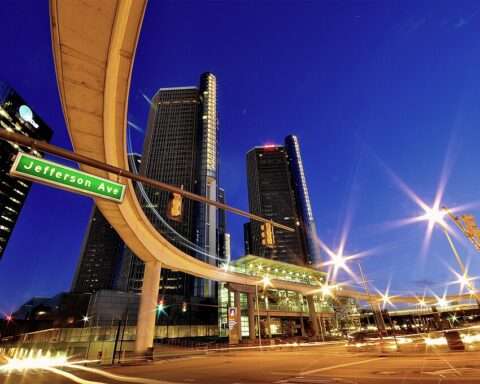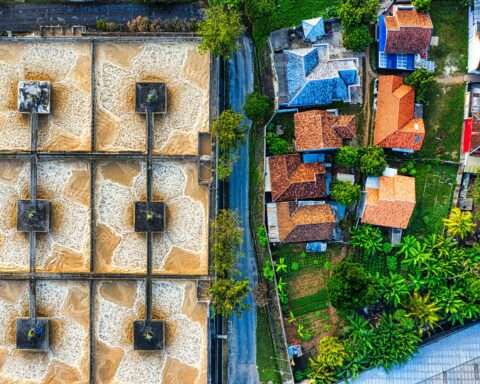The nation’s first large-capacity, high-speed, zero-emissions ferry system will be the newest addition to maritime transportation in California’s Bay Area after the Environmental Protection Agency (EPA) announced its latest round of clean ports grants.
The EPA is announcing over $3 billion in grants through the Clean Ports Program to support port rehabilitation, expansion and zero-emissions conversion projects across the nation.
One of these grants, $55 million, will support the Port of San Francisco and San Francisco Bay Ferry’s (SF Bay Ferry) ambitious electric ferry service project, which looks to transform the future of maritime travel in the Bay Area.
RELATED: San Francisco launches world-first hydrogen-powered ferry
In addition to federal grants, the port electrification and zero-emissions ferry project will leverage more than $60 million in local, private and state resources. This funding will include support from San Francisco’s sales tax, the city and county of San Francisco Capital Fund, FTA Rapid Electric Emission-Free Ferry funding and state financing programs, such as the Regional Measure 3 and the CalSTA Transit and Intercity Rail Capital Program.
The multi-phased project, part of SF Bay Ferry’s Rapid Electric Emission Free (REEF) Ferry Program, will be one of several projects to transition the agency’s fleet to zero-emissions propulsion technology and expand ferry service. Currently, only 13 of the agency’s 17 seabound vessels meet the EPA’s Tier 4 emissions standards, which calls for vessels’ engines to utilize advanced emissions control technologies.
As part of the REEF agenda, the federal funds will support the agency’s full transition to zero-emissions ferry services, including the construction of new large-capacity electric-powered vessels and supporting electrified infrastructure.
The Clean Ports Program grant will specifically support these key project initiatives:
- Developing electrification infrastructure at the Downtown San Francisco Ferry Terminal. This would include the construction of a new electric charging float designed to handle electrical loads for new zero-emission vessels.
- Constructing or converting 400-passenger Hydrus class vessels to battery electric vessels.
- Creating a new ferry terminal and related electrified infrastructure in San Francisco’s Mission Bay neighborhood.
The EPA’s Clean Port Program grant will also fund a maritime workforce development program and skills training to accelerate a new standard for clean ferry systems nationwide. Developed in collaboration with the Working Waterfront Coalition, this program will establish a skilled workforce pipeline and address a shortage of maritime professionals essential to the operation and expansion of a regional ferry service.
The project will also support the San Francisco Climate Action Plan. As the ferry service is set to transition to zero-emissions, the project will improve public health within local disadvantaged communities and mitigate greenhouse gas pollutants in the transportation sector, which account for almost 50 percent of emissions in San Francisco, according to the Climate Action Plan.
SF Bay Ferry and the Port of San Francisco will now implement the next stage of the REEF agenda, design and construction. Anticipated to begin construction on vessels later this year, SF Bay Ferry will seek bids from American shipyards to build its first five zero-emission, battery-electric vessels.
Future phases for the REEF program will include the conversion of the 400-passenger Hydrus class vessels to battery electric, the construction or conversion of up to 11 small or medium battery-electric ferries and float conversions at the East Bay and San Francisco terminals.
This grant award announcement comes from the Clean Port Program, a federal initiative which recently announced $3 billion in grants to port authorities and owners throughout the nation. Funding a variety of zero-emissions equipment and conversion technologies, the program delivers grants to fund zero-emissions port equipment and infrastructure, reduce greenhouse gas and diesel pollution, and ensure environmental justice in port and freight operations.
For more information on all of this year’s Clean Port Program awardees, see the EPA’s Clean Ports Program Selections webpage.
Rendering courtesy San Francisco Bay Ferry













